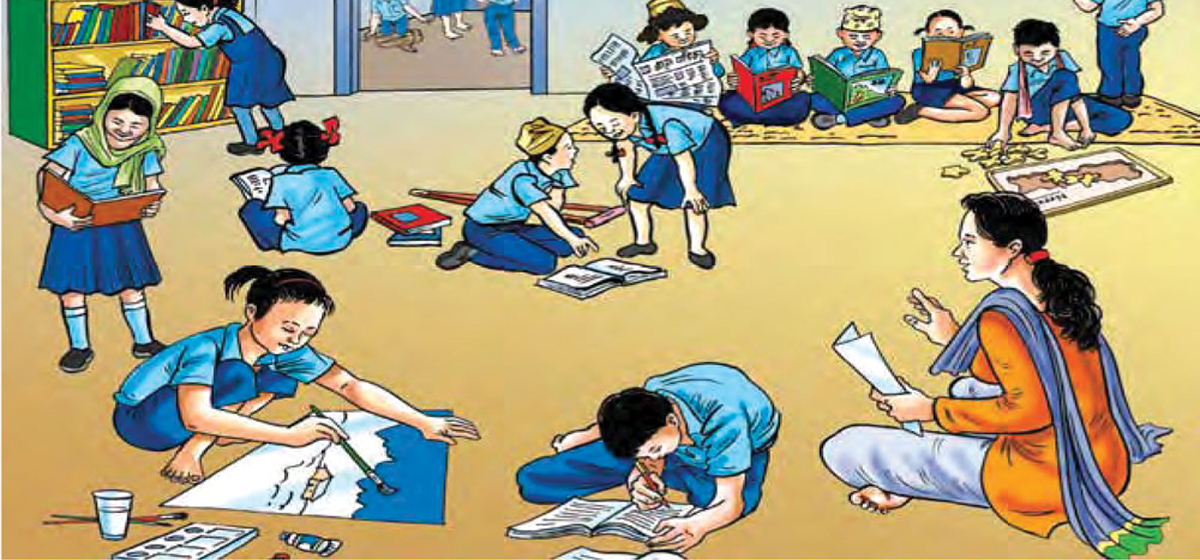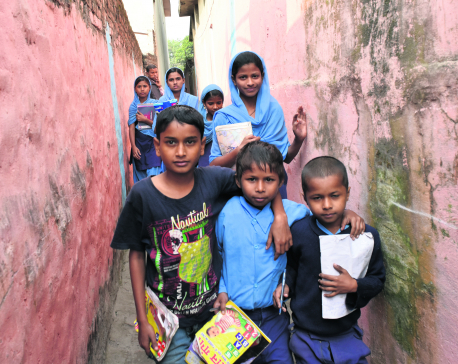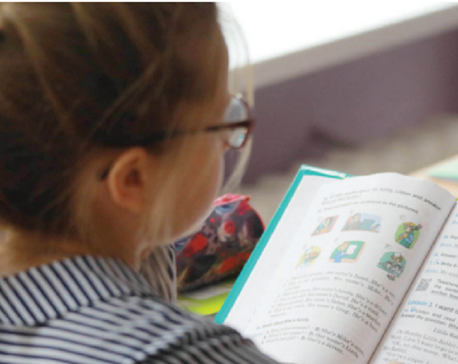
OR
Editorial
Bringing out-of-school children to classrooms
Published On: February 9, 2024 07:30 AM NPT By: Republica | @RepublicaNepal

The government has announced free basic education, making it not only free but also mandatory. However, the announcement and policy do not seem to have translated in practice, as confirmed by a recently published study report. According to the study conducted by Center for Education and Human Resource Development, about 800,000 children of school-going age have not even reached the school premises. According to the National Census conducted in 2021, there are approximately 7.5 million children of school age, i.e., children aged between four to 17 years in Nepal. Approximately 800,000 of them do not attend school—a matter of shame for the government that has announced compulsory basic education. In terms of percentage, this equates to 11.3% of the total children. While the fact that such a large percentage and number of children not attending school might be a cause of concern in other countries, the lack of seriousness in our country regarding such matters highlights a significant deficit in educational awareness.
Ironically, education in Nepal is classified into two categories: government and private. Students in public schools are considered recipients of government education, with the entire school's investment borne by the government. In contrast, those in institutional schools fall under private education, operated by individuals or groups with private investment. It must be acknowledged that the sorry state of Nepali education originates from this classification. Private schools maintain cleanliness, require students to wear tidy uniforms, ensure regular classes and have dedicated teachers with effective oversight mechanisms. In contrast, community schools may not open on time, lack accountability, and do not even update their teaching methods for years. Public schools have relatively well-paid teachers and staff, but they lack responsibility and accountability towards the students. The school management committees supposed to carry out their oversight functions have become a hub for politics, turning education into a political battlefield. While private schools, with limited opportunities and facilities, perform well, community schools, despite having numerous facilities and resources, lag behind in providing quality education. This sorry state of affairs in public schools has led to a significant number of students being left outside the school walls.
Needless to say, not all citizens have access to private schools due to expensive fees. Where government schools are accessible, the lack of appeal in studying there has led to their emptiness, forcing mergers in many cases. The study conducted by the Center for Education and Human Resource Development reveals that only 32.26 percent of those enrolled in class 1 reach class 10; the rest drop out. To retain students, the government has introduced programs such as mid-day meals and scholarships. But they have done little to help keep a large number of children in the classrooms. Therefore, it is crucial to identify why such a large number of children fail to continue their studies and take appropriate measures to address the causes behind the dropout rate. The primary step towards educational reform should involve bridging, if not eliminating, the classification between private and public education. An environment should be fostered where teaching staff, benefiting from public tax salaries, work responsibly. The government agencies concerned must institute mechanisms that take strict action against teachers if they fail to discharge their duties. Discouraging the transformation of schools into political playgrounds and affiliation of teachers to various political parties will greatly help improve the situation. Teachers have an additional duty to bring the out-of-school children in their communities to the classroom. They should not only instruct those attending school but also take responsibility for bringing those staying away from school to the classroom. These measures can certainly help bring a large number of children staying out of schools to the classrooms.
You May Like This

In lack of good schools in Siraha, children go to Indian schools
SIRAHA, Dec 11: There are ample of private and community schools in the district. However, many Nepali children go to Indian... Read More...

Learning during lockdown
Due to the threat of coronavirus pandemic, all academic instructions, including schools, colleges, and universities have been shut down. This... Read More...

Schools closed in Rukum as children head to uplands
RUKUM, May 6: With the beginning of ‘Yarsha season’, schools in the eastern part of Rukum have announced vacation. They will... Read More...










Just In
- Heavy rainfall likely in Bagmati and Sudurpaschim provinces
- Bangladesh protest leaders taken from hospital by police
- Challenges Confronting the New Coalition
- NRB introduces cautiously flexible measures to address ongoing slowdown in various economic sectors
- Forced Covid-19 cremations: is it too late for redemption?
- NRB to provide collateral-free loans to foreign employment seekers
- NEB to publish Grade 12 results next week
- Body handover begins; Relatives remain dissatisfied with insurance, compensation amount







Leave A Comment